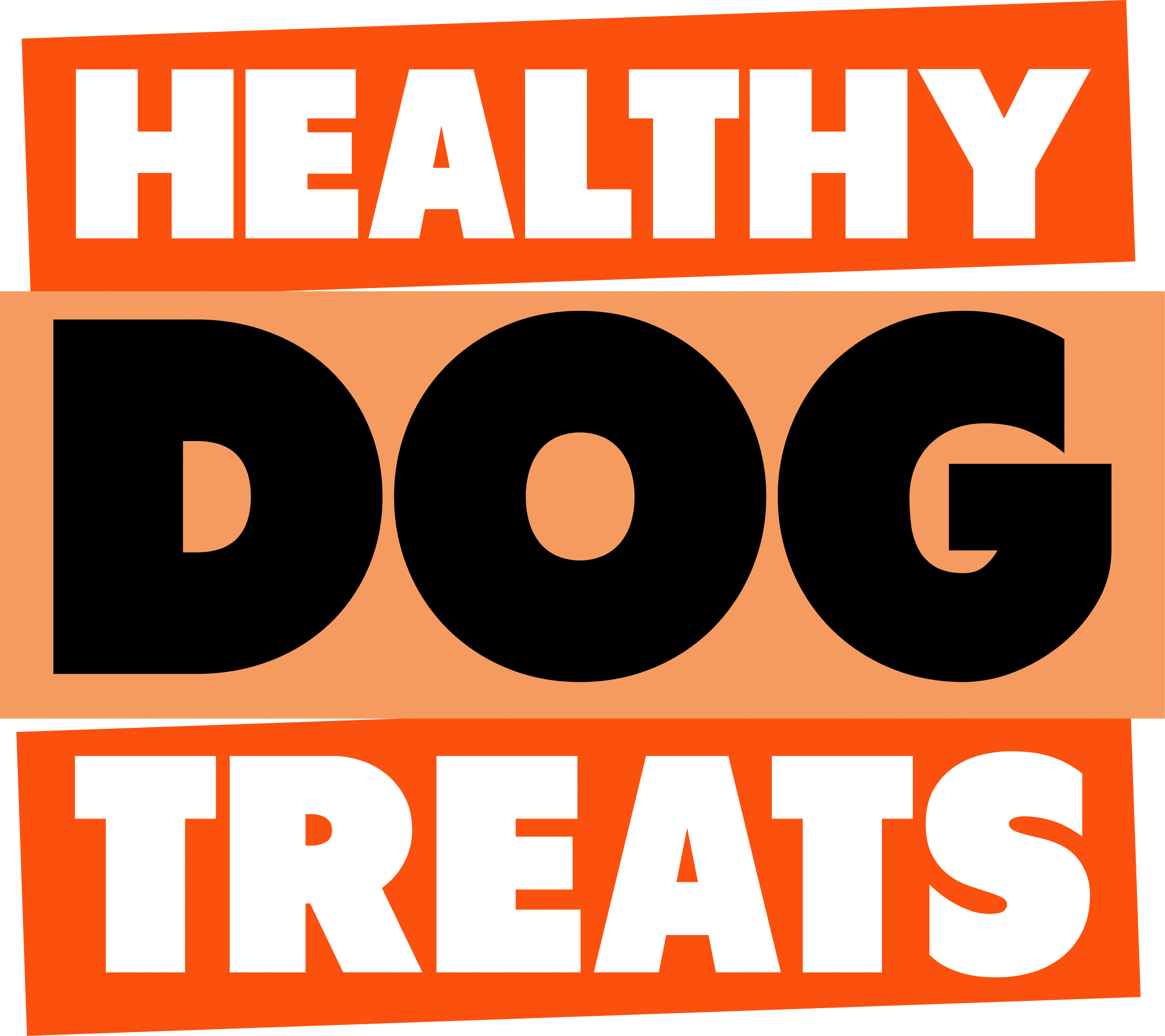Why your dog has interrupted sleep – and how different it is from yours.

Many owners can report on how well their dogs sleep, or dont. Good dog sleep is vital to good owner sleep – when dogs sleep near their owners, or wake their owners. But actual science on how dogs have adapted their sleep patterns since evolving from wolves has been scant.
This kind of research is likened to Voyager 1 and 2 passing through our solar system, its quite rare, and blink you miss it. In the case of dogs, exploration and knowledge of their sleep patterns and what they actually dream about has barely left the launch pad. Until now.
Because it seems most people are intrigued about what their dogs dream about, we will first look at that, then what is normal sleep, the different types of sleep, and how a dogs sleep differs to humans and the dogs’ ancestors.
Dogs do dream
A 1977 study (Ref1) of six pointer dogs found that over a 24 hour period their day was this:
- 44 percent of their time alert,
- 21 percent drowsy
- 12 percent in REM sleep.
- 23 percent deepest stage of non-REM sleep, (slow-wave sleep)
To understand what dogs are doing in those dreams – much of the estimates rely on rat experiments. A famous 2001 experiment on rats compared their brain patterns when they were working through a maze, to their REM sleep brain patterns, and found a high correlation. “In 44 percent of REM sleep episodes, the researchers found brain patterns that matched those that the rats had produced during their waking maze runs.” Ref 1
“The patterns lasted for minutes at a time and “played” at the same rate as they did when the rats were awake. In other words, the animals seemed to be reliving their waking activities in REM sleep” Ref 1
The thought is that REM sleep produces vivid dreams in rats, humans and dogs, where we replay some even during the day, in almost real time. Our brain are supposed to switch off our limbs so that we don’t hurt ourselves. The paralysing effect is caused by part of the brain stem called the pons. But obviously when we hear dogs’ bark and twitch around … some of that energy is escaping into the re-enactment.
Because REM sleep is so passionate, and we often wake up after it (unlike non REM sleep) the animals (including dogs) tend to remember what they just dreamed about.
Non-REM Tends to be about more mundane tasks, and as there is often prolonged drowsiness after non REM sleep – the mundane non REM dreams are often not remembered.
“The reason the dreamy brain patterns of REM and non-REM sleep are so common seems to have something to do with their role in learning and memory. Sleep boosts memory formation, and disrupted sleep can impede memory.
Sleep “adds something” to the process of learning and remembering, Wilson said. Patterns in non-REM sleep seem to suggest a sort of categorizing of the day’s activities. REM sleep, on the other hand, may be an avenue for the brain to explore in a consequence-free environment.“ REF 1
How different are dogs sleep cycles to a humans?

The above graph compares only a three-hour period of a dogs sleep. But simply put, you can see that a dog goes through a lot more complexity in and out of deep sleep than a human does.
This is inherited from their wild days when it was necessary to be ready for any attacks that they might have while they were asleep. The ability to wake fast, and fall asleep fast (to recharge), was an important survival tactic.
“Despite having daily doggy downtime of between 12 and 14 hours, our canine friends have much shorter sleep cycles than us. Whereas we might have four to six 90-minute sleep cycles, dogs can experience around 15-20 cycles per night. And it’s during REM sleep (as opposed to non-REM sleep) where, like us, they likely do most of their most vivid dreaming.” Ref 2
Most of the above information is from random grabs of old experiments, Well-known snippets of the full story. For a more detailed 2020 look at what makes up a dog’s sleep. We look at core research on the subject as published in Behavioral Sciences magazine.
The highlights of which are:
1 Dogs are diurnal: this twice a day sleep pattern is back up by a weak circadian modulation and assumed adaptation to human rhythms. Meaning that domestication of canines forced their nocturnal single sleep and occasional daytime naps, into an opposite cycle to fit in with their domestic human master’s sleep patterns.
2 Pre-sleep experiences, location and socio-ecological factors affect canine sleep. Experiments and observation/ sleep waves have shown that a more secure indoor sleep environment contributes greatly to a dogs rest, and recovery and general health.
3 Sleep may contribute to dogs’ memory consolidation. And conversely, lack of sleep or interrupted sleep, insecure sleeping locations can make training, sociability and general dogs happiness decrease significantly.
4 Development and aging affect sleep and cognition in dogs. Mental degradation with ageing occurs in dogs, just like humans, but there are things we can do to slow the decline.
Before we explore each of the above topics more. Let’s expand on the above graph of human V dog sleep patterns.
The 4 waveform patterns of different dog sleep cycles is shown in depth below. For those interested in deep sleep/ dreaming of their dogs, look to the REM patterns.

The real dog sleep waveforms
Using the electrodes on a dog in the places above, below we see the resulting waveforms that occur in the various stages of sleep.

DOG SLEEP TIMES
We know dogs sleep is Diurnal (two major slumbers per day) and they tend to sleep longer, but the Ref 3 study goes further with a database search averaging the daily sleep of dogs at 10.1 hours (total) varying between 7.7 and 16 hours.
“Diurnal activity of domestic dogs is hypothesized to reflect an adaptation to humans, as there is evidence for nocturnal, crepuscular (active in twilight ) or arrhythmic activity pattern (irregular heart beat related to sleep) in most other canines, like red and arctic foxes, as well as arctic and grey wolves, whereas diurnal activity is a rare observation (in canines) – (EXCEPT for the domestic dog)” ref 3
“The majority of motor inactivity/polygraphic sleep of dogs occurs between 21.00 and 6.00 with a period of rest during the afternoon” ref 3
Outside of the actual sleep time, 21% of a dog’s day is in a drowsy state (potentially transition to sleep). Compare this to humans where the average adult has a single sleep of only 7 to 8 hours.
Ultradian sleep cycles of about 20-min length were described in dogs (12 min of drowsiness/NREM and 6 min of REM sleep episodes).
Rats and humans are characterized by 11 and 90 min cycles, respectively.
Dog sleep was found to be mainly polyphasic (sleeping multiple times in a 24-hour period instead of once per night), with an average of polyphasic wake-sleep cycle length of 83 min.
In dogs, 2.9 hours is the estimated daily amount of REM sleep, whereas humans and rats are characterized by 1.9 and 2.4 hours, respectively.
DOGS, rat, hedgehog and the rabbit, often awake after active sleep (assumed REM sleep) – while humans don’t. it is thought that the dog waking after REM allows them to be alert to threats faster.
How secure sleeping areas benefit dog’s health.
- Dogs sleeping indoors spend 80% of the night in behaviorally defined sleep,
- 70% good sleep for for dogs sleeping outdoors in a yard,
- 60% for dogs sleeping outdoors in a non-fenced area
Conclusions
As you can see … a young healthy dog’s sleep patterns are VERY different from their owners.
Dogs were forced to change their sleep from daytime with a mainly nocturnal life as their wolf ancestors, to two main slumbers throughout the day – but with many naps in-between, with an ability to be alert quickly to survive.
As dogs age, this sleep can become more interrupted, and coupled with dementia issues … an older dog’s sleep can become even more fragmented.
This small aspect of a dog’s life just adds more credence to how exceptional our best friends are.
We have forced a change in a dogs shape, its major behaviour specialisation of just a few hunt characteristics (from the wolves seven main hunt modes from siting prey to killing).
And of course, now that most dogs have a much more restricted exercise regime (ie living with owners in suburbia) – there are very few things that we can keep natural for the dog – except their diet.
Convenience still rules with most owners still purchasing commercial dog food in the form of carb laden kibble or wet canned dog food. So as you watch your dog struggle for getting a good solid sleep. Or being bored, or struggling to get in two solid social walks per day – consider the value that you can provide with additional meat based dog food supplementation with super convenient dried meat based dog treats …
If you can keep at least one thing as close to a dogs natural evolved pattern – that decreases its stress considerably … and that is likely to make them happier and live longer … that is our goal !
Reference
REF 1 – What Do Dogs Dream About? By Stephanie Pappas. published February 17, 2016 – livescience .com /53743-dog-dreams.html
Ref 2 Your dog loves you so much, they even dream about you. By Holly Spanner. Published: 08th January, 2022 at 18:00
Ref 3 Sleep in the dog: comparative, behavioral and translational relevance. Current Opinion in Behavioral Sciences. Volume 33, June 2020, Pages 25-33


